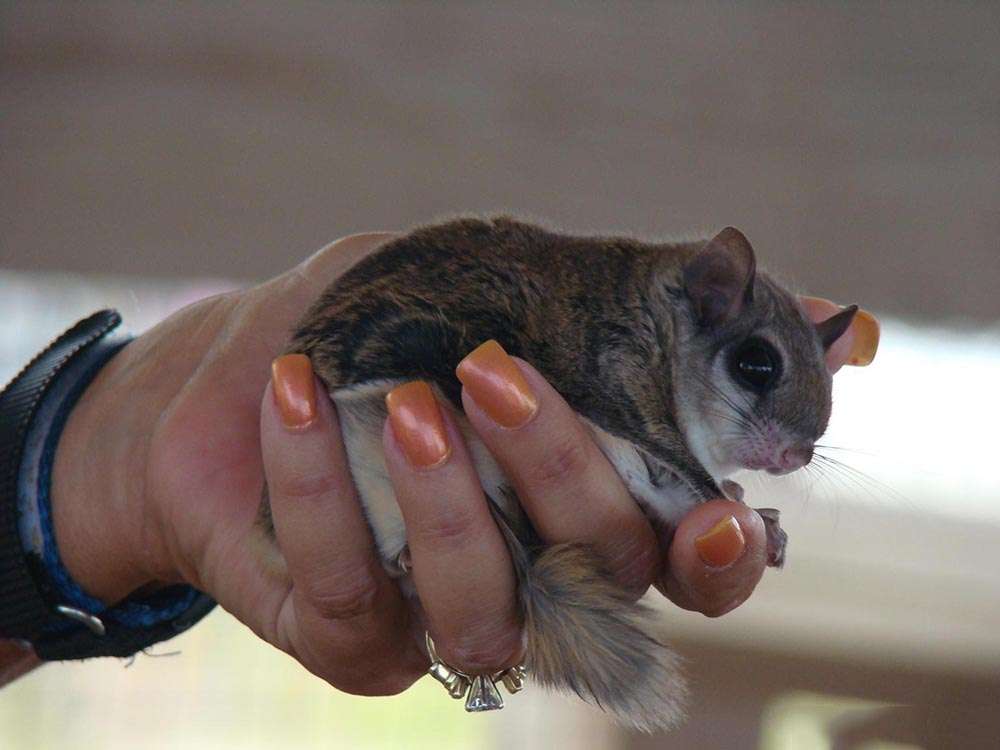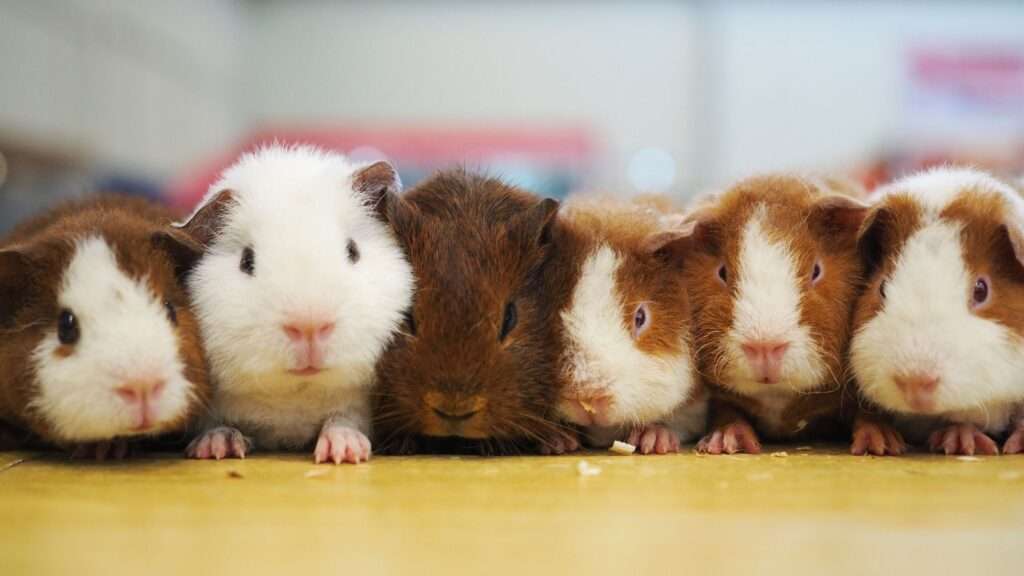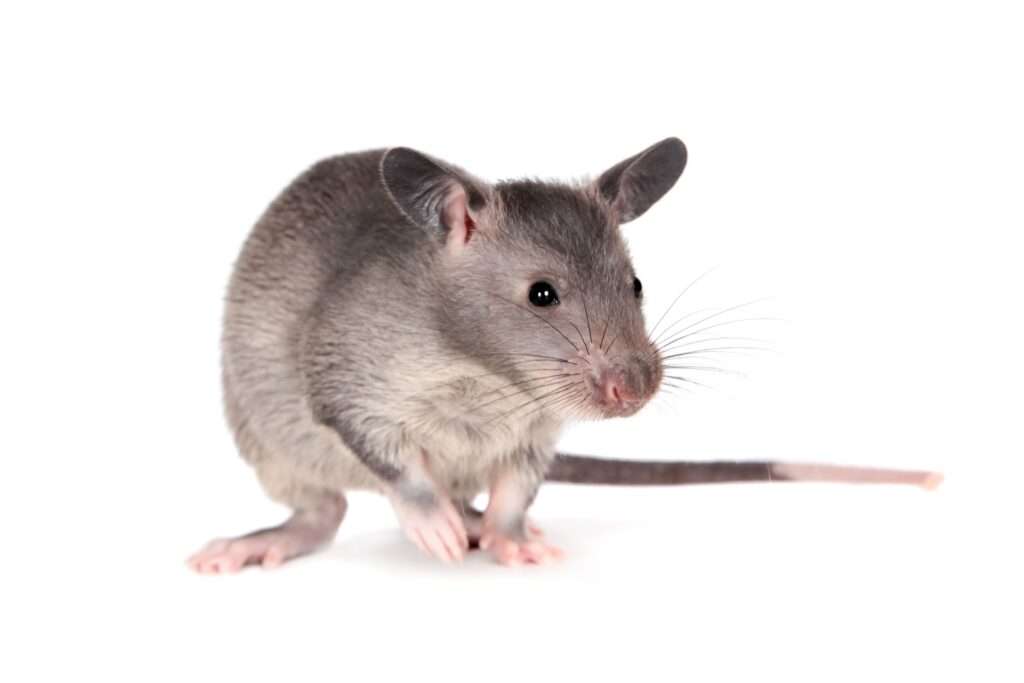
Description
One of three species in the genus Glaucomys and one of three varieties of flying squirrels is the southern flying squirrel, often known as the assapan (Glaucomys volans). Southern flying squirrels are arboreal rodents that are quite tiny. They are cream colored below and have grey-brown fur on top with darker flanks. They have flattened tails and big, black eyes. They can glide through the air thanks to a hairy membrane between their front and back legs called a patagium.
Habitat
Southern flying squirrels have a vast natural range that extends from southeast Canada through the eastern United States, Mexico, and Honduras. Forests with maple, beech, hickory, oak, poplar, and other hardwoods that produce seeds are their preferred environment. They occasionally appear in densely forested suburban areas and prefer mixed conifer and deciduous forests.
Behavior
The very gregarious and nocturnal southern flying squirrels may travel in big groups and forage together. Additionally, they frequently form dens to conserve energy, especially as seasonal temperatures drop. Their primary abodes are these dens, coupled with abandoned woodpecker holes, man-made structures, and bird boxes. Females of this species are known to be extremely territorial during the breeding season, aggressively protecting their territory. Flying squirrels in the South don’t hibernate. Despite their name, these rodents glide rather than fly. They effortlessly avoid trees and other obstacles while in the “flight.”
As Pet

Housing
Due to their small size, southern flying squirrels may survive in a relatively small cage. However, for them to thrive there must be enough of place for them to run and climb. A tall cage is ideal since vertical space is more vital than floor space. As long as the mesh spacing is small (no wider than 1/2 inch by 1 inch), an enclosure made for sugar gliders can be effective. Some owners discover that a constructed cage also functions effectively.
Due to their remarkable chewing abilities, southern flying squirrels should be housed in cages made of wire or metal to prevent escape. The minimum height should be 3 feet tall (but up to 5 or 6 feet tall is even better), and the space should be 2 feet by 2 feet.
Give your squirrel some branches to munch on and climb in their cage. The cage’s cotton ropes can be used as a climbing and playing surface. A running wheel is a useful fitness tool. Because of its long tails, a solid-surface wheel is the most secure option for flying squirrels.
Eat & Drink
Southern flying squirrels consume a range of nuts, seeds, fruits, and insects in the wild. They thrive on a varied diet when living in captivity, which can include nuts (pine nuts, pecans, walnuts, acorns and hickory nuts), seeds (pumpkin seeds, sunflower seeds), birdseed mixtures, hamster pellets, mealworms, moths and waxworms, as well as a variety of fresh vegetables (corn, sweet potatoes and mushrooms).
Feed your pet in captivity the equivalent of around 1 spoonful of food each morning and evening. Since they are foragers, you can put food in a few tiny cups in locations where you are certain the squirrel does not frequently urinate so they will go there to find it. After 12 hours, throw away any leftovers. To increase the protein in their diet, you can occasionally give them goodies like hard-boiled eggs or chicken.
Add calcium and vitamin D3 supplements to the meal you give southern flying squirrels because they are prone to calcium insufficiency. Vitamin D3 is crucial for calcium metabolism. Prevent eating too much phosphorous, as it binds calcium in the body. Along with a mineral block, give out a cuttlebone or calcium block. Since their teeth are constantly growing, these food additives also serve as tooth filers.
When you first obtain baby squirrels, they are typically not completely weaned. Until they are fully weaned (about 6 to 8 weeks of age), you must administer goat’s milk or a puppy milk replacement formula three times per day by syringe or eyedropper. Sipper tubes on water bottles can cause issues for adult southern flying squirrels, so have a shallow bowl of fresh water on hand in the squirrel’s cage at all times.
Exercise
Due to their small size, southern flying squirrels can spend the most of their time exploring and exercising inside of their own cage. They also flourish when given time away from their cage, provided that they are constantly watched to prevent harm. You can also easily keep your squirrel active by providing them with in-cage toys and activities.
Grooming
A healthy southern flying squirrel will brush itself frequently, so a lack of grooming could be a sign of underlying health difficulties. Nevertheless, you should never wash or submerge your squirrel because they are susceptible to cold or shock. You can use baby wipes or baby powder to spot clean your squirrel if you need to for some reason.
Table





